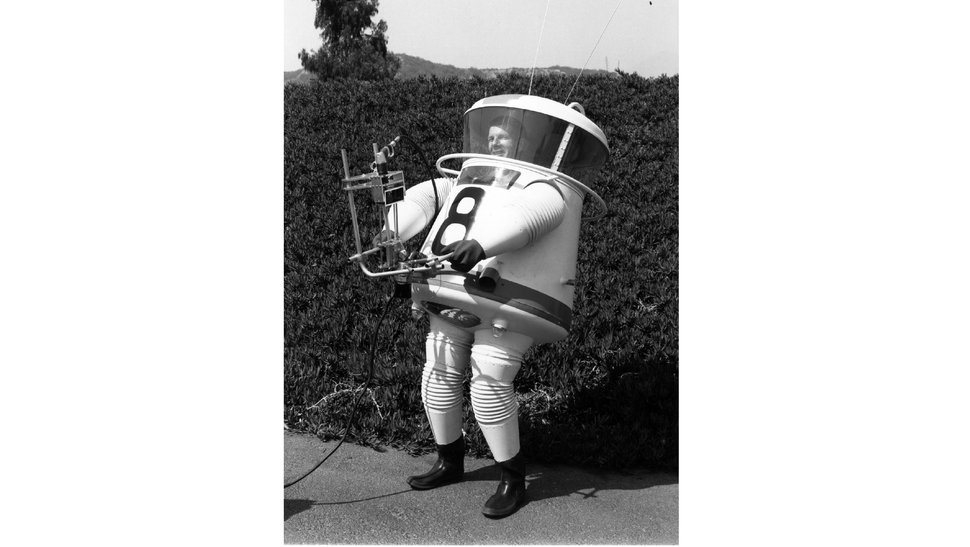Being an aerospace engineer, the first thing that naturally comes to mind when I think of safety engineering is aircraft safety. These 200-tonne monsters rise up to the sky and back down to Earth daily over their quite long lifespans – average ‘age of retirement’ of aircraft is around 25-30 years! [1]
These flying contraptions have been over-engineering beyond perfection. Although people usually freak out when you tell them there is literally a millimeter or two of metal between them and 11,000 meters of freefall, the amount of thought that went into designing each individual plane is mind boggling. Nevertheless, accidents do happen, and when they do, they are usually extremely fatal. We have seen a few major aircraft crashes happen in the recent years, which brings the question: Are today’s aircraft safe enough, and is there room for innovation?
Quite a morbid thought, but a lot of today’s aviation safety standards were implemented in response to fatal accidents. Aircraft manufacturers and operators are constantly asked to innovate due to unforeseen risks that are discovered a little too late. And while the statistics portray it as a low risk transport, 1 in 45 million passengers [2], most of the plane fatalities involve unpredicted failures, of which is again low, but it still happens every so often. Millions fly daily though, and air travel has been growing exponentially [3]. Although we get to see a lot of crashes on the news, the number of people dying in air crash accidents has actually been in the decline!
Even though the risk would be considered as negligible, had it not have involved human lives, there’s always room for improvement! Aerospace giants such as Boeing and Airbus invest billions in research and development, but there are also smaller companies creating innovative ways to increase aircraft safety. A perfect example is a small company named BRS Aviation, which created a parachute system for smaller aircraft, like one pictured bellow [5].
This just goes to show the possible niche innovations that are still to be explored in the aerospace industry. And with the inevitable commercialization of space travel [6], the possible fields of innovation yet remain unexplored. As it was demonstrated with previous leaps in technology, new advances in a field follow a law of accelerating returns, meaning the development in a certain field has an exponential growth, not linear (as most people perceive it [7]). The reason why I mention this is that the safety engineering opportunities found in these developing fields are enormous, and the only action we can take is predict what changes will occur, i.e. where an innovation space exists. A Responsible Innovation space, one might call it. :)
Sources:
1) http://aviationweek.com/awin/aircraft-retirement-age-drops-again
3) http://openi.nlm.nih.gov/imgs/512/152/3194117/3194117_ijerph-08-03777f3.png
4) https://people.hofstra.edu/geotrans/eng/ch3en/conc3en/airfatalities.html
5) https://en.wikipedia.org/wiki/Ballistic_Recovery_Systems#/media/File:Caps_deploy.jpg
6) http://www.commercialspaceflight.org/
7) http://www.kurzweilai.net/the-law-of-accelerating-returns


![Parchute Recovery System, [5]](/image/2015/10/22/caps_deploy.jpg%28mediaclass-landscape-large.747a6d7db92d8047c72b69ceaf28ab759523e2f1%29.jpg)


![Parchute Recovery System, [5]](/image/2015/10/22/caps_deploy.jpg%28mediaclass-media-thumb.9e7f6cb99013a6cc91d80b2f02f077b226ad0295%29.jpg)